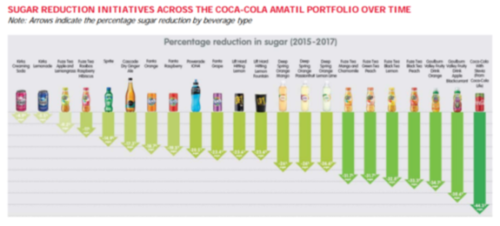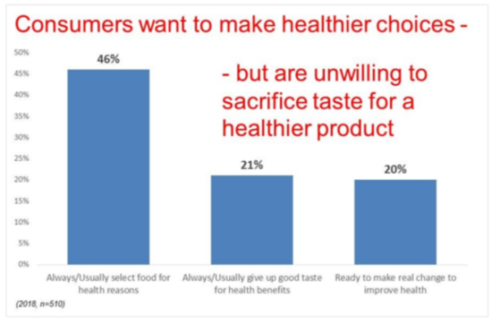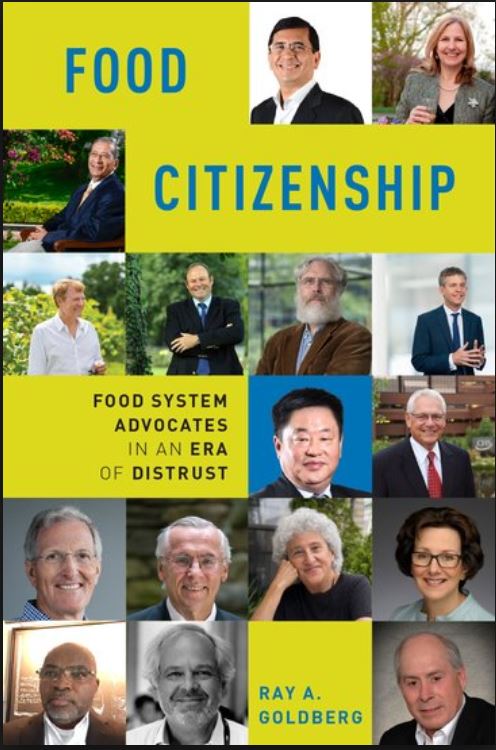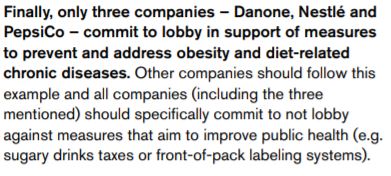Access to Nutrition Index: the 2018 update
The George Institute in Australia (see clarification below) publishes an annual index holding the ten largest U.S. food and beverage corporations accountable for how they addrss nutrition challenges.
The 2018 Index ranks corporations on their governance, products, accessability, marketing, lifestyle, labeling, and engagement. Here’s what it looks like.
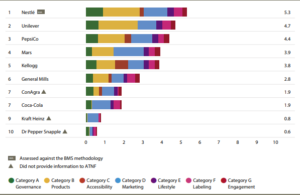
Here’s how this is explained:
Seven out of ten companies claim to focus on improving health and nutrition (all except Coca-Cola, Dr Pepper Snapple and Kraft Heinz), as expressed in their mission statements or corporate growth strategies, the objectives they defined related to health and wellness are mostly limited to product development, product reformulation and responsible marketing. Only two companies (Nestlé and Unilever) have defined a more comprehensive set of objectives within their nutrition strategy.
To remind you: food corporations are not social service or public health agencies. They have stockholders to please as their first priority. The conflicts of interest with public health approaches are obvious. That’s why none of them does particularly well on this Index.
Clarification from a reader
I believe you are referring to the US Spotlight Index, a product of the Access to Nutrition Foundation, an independent nonprofit in the Netherlands. (https://www.accesstonutrition.org). The George Institute provided research support for the US Spotlight index. RWJF [Robert Wood Johnson Foundation] was a major funder. The Foundation has also published an India Spotlight Index (2016) and a Global Index (latest in 2018). Shiriki Kumanyika chairs the Expert Group.


